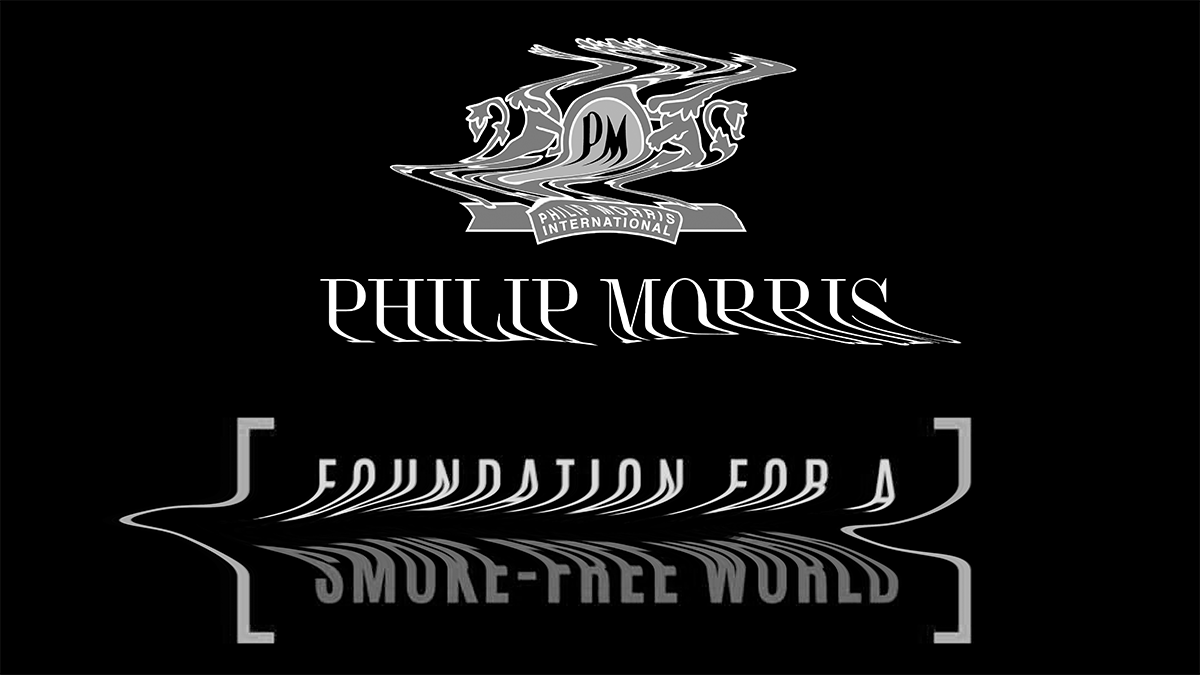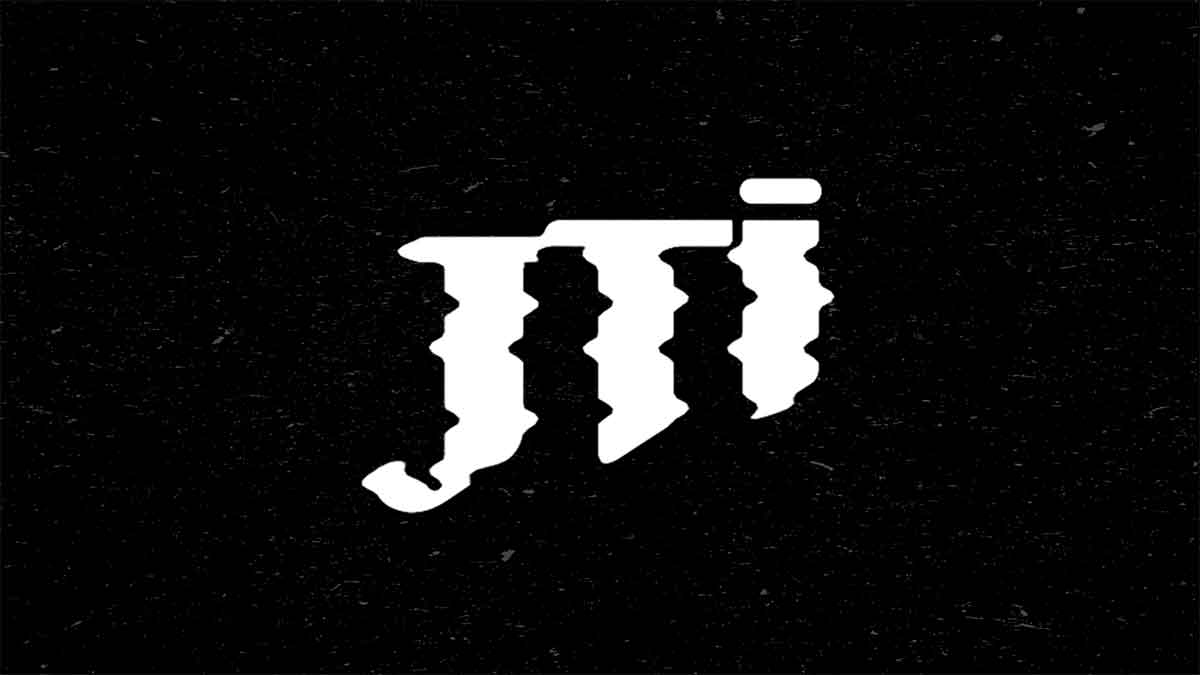- Resources
- News
-
-
Get Email Updates
Sign up for STOP's emails and never miss an update on our latest work and the tobacco industry's activity.
-
Get Funding
Ready to tackle industry interference? You could be eligible for a grant.
-
Share a Tip
Do you have information on tobacco industry misconduct in your country? Let us know.
-
Get Email Updates
Business of Tobacco
September 21, 2023

Note: In May 2024, FSFW changed its name to Global Action to End Smoking.
We know that the Foundation for a Smoke-Free World (FSFW) has strong ties to the tobacco industry. After all, the allegedly independent group is fully funded by one of the world’s largest cigarette companies, Philip Morris International (PMI). Beyond that, five years’ worth of analysis of its annual tax returns show that much of its funding goes toward research and outputs that align with PMI’s messaging.
Now, thanks to new research, we also know that FSFW may be the industry’s latest vehicle for spreading misinformation and using science to promote the industry’s interests—similar to other allegedly independent, tobacco industry-funded scientific organizations in the United States that were forced to disband.
These new findings, and widespread concern over FSFW’s links to the industry, beg the question: Will history repeat itself?
FSFW is deemed an industry-influenced scientific lobby group
Researchers at the Tobacco Control Research Group at the University of Bath collected and analyzed four years’ worth of data on FSFW to determine whether its activities mirrored other corporate attempts—from the tobacco industry and beyond—to influence science in support of their commercial interests.
Their analysis revealed significant similarities between FSFW’s actions and outputs and other documented attempts at corporate influence over science. The similarities included:
- producing research and opinion that’s friendly to the industry’s business,
- obscuring the industry’s involvement in science,
- funding third parties that denigrate scientists and science that may threaten the industry’s profits, and
- promoting the credibility of the tobacco industry.
The paper ultimately deems FSFW a “new vehicle for agnogenesis,” or, purposefully created ignorance, as Tess Legg, one of the paper’s authors, puts it. This agnogenesis is harmful to society. She explains: “A functioning society relies on science and research to inform policy and to help the public make fully informed decisions about their own health. But when we looked at FSFW and its scientific activities, we found that PMI’s funding of FSFW appeared to be a strategic plot to corrupt our scientific knowledge systems for the industry’s own ends. The desired outcome of PMI’s latest attempt to influence science appears to be agnogenesis, which creates doubt about the evidence base on the industry’s products and about the need for industry regulation. It insidiously attempts to position the industry as a legitimate partner in science and policymaking.”
But history shows that the industry’s attempts to fund its own science have served one primary purpose: protecting its business.

[The tobacco industry] sells a product that sickens, disables and kills people. In fact, up to half of the industry’s customers are killed by its product when used as intended by the manufacturer.
Historical attempts at agnogenesis from the tobacco industry were shut down
The tobacco industry has a major public relations problem: It sells a product that sickens, disables and kills people. In fact, up to half of the industry’s customers are killed by its product when used as intended by the manufacturer.
Given the industry’s bad reputation in many parts of the world, tobacco companies often use industry allies, such as third parties and front groups, to help promote their agenda.
In some cases, tobacco companies create these groups themselves. This was the case in the 1950s with the creation of the Tobacco Industry Research Committee and the Tobacco Institute, and in the 1980s with the Center for Indoor Air Research. These groups all met the same fate: eventual forced dismantling as part of the 1998 Master Settlement Agreement.
The Tobacco Industry Research Committee (later known as the Council for Tobacco Research) was founded in the 1950s by American tobacco companies as the industry grappled with growing public concern about the health harms of smoking. The now infamous “Frank Statement,” produced by the Tobacco Industry Research Committee, is noted as one of the industry’s first widespread uses of doubt as a tactic. The Statement cast doubt on the link between smoking and lung cancer, suggested there were many possible causes of lung cancer (but that there was no proof smoking was one of them) and insisted there was no consensus on what the cause was.
The group also publicly declared its intentions to pledge “aid and assistance to the research effort into all phases of tobacco use and health.” By the late ‘50s, it was clear the group did not intend to focus its research on the link between smoking and lung cancer, instead focusing on heredity, nutrition, hormones and environmental factors, among other areas.
The Tobacco Institute, also founded by tobacco companies in the United States in the late 1950s, worked to create doubt around the harms of smoking. One of its efforts focused on the issue of tobacco smoke exposure in the workplace. In the 1980s, it hired PR group Ogilvy & Mather who promoted the term “Sick Building Syndrome” —a tactic to point to other potential causes of poor indoor air quality and cast doubt on the culpability of the industry’s products.
The Tobacco Institute also began to criticize the research lead of the industry-funded Tobacco and Health Research Program at Harvard University, when his conclusions that low-tar cigarettes were not actually safer than “regular” cigarettes started to go against industry narratives.
In the 1980s, cigarette companies Philip Morris, Lorillard and RJ Reynolds created another industry-backed group, the Center for Indoor Air Research, to respond to growing concerns about the health harms of secondhand smoke. The group’s research wouldn’t focus on secondhand smoke exclusively; rather, it set out to “broaden research into the field of indoor air quality generally…,” like the Ogilvy & Mather campaign, diverting attention away from secondhand smoke and drawing attention to other possible factors that influence air quality. After it was disbanded in 1998, the U.S. Department of Justice concluded that the group contributed to “efforts to fraudulently mislead the American public about the health effects of [environmental tobacco smoke] exposure.”
Will FSFW be next?
The recent findings about FSFW add to the growing body of evidence that it is not a credible voice and that its science should not be taken at face value. Universities and non-profit organizations have denounced FSFW and pledged to reject any funding or sponsorship from it. A long list of Ministries of Health and public health networks also committed to rejecting funds from FSFW due to its questionable credibility.
Until there are adequate, robust systems in place to protect science from corporate influence, policymakers and the public should proceed with caution when reading or referencing research done by groups with industry links.




